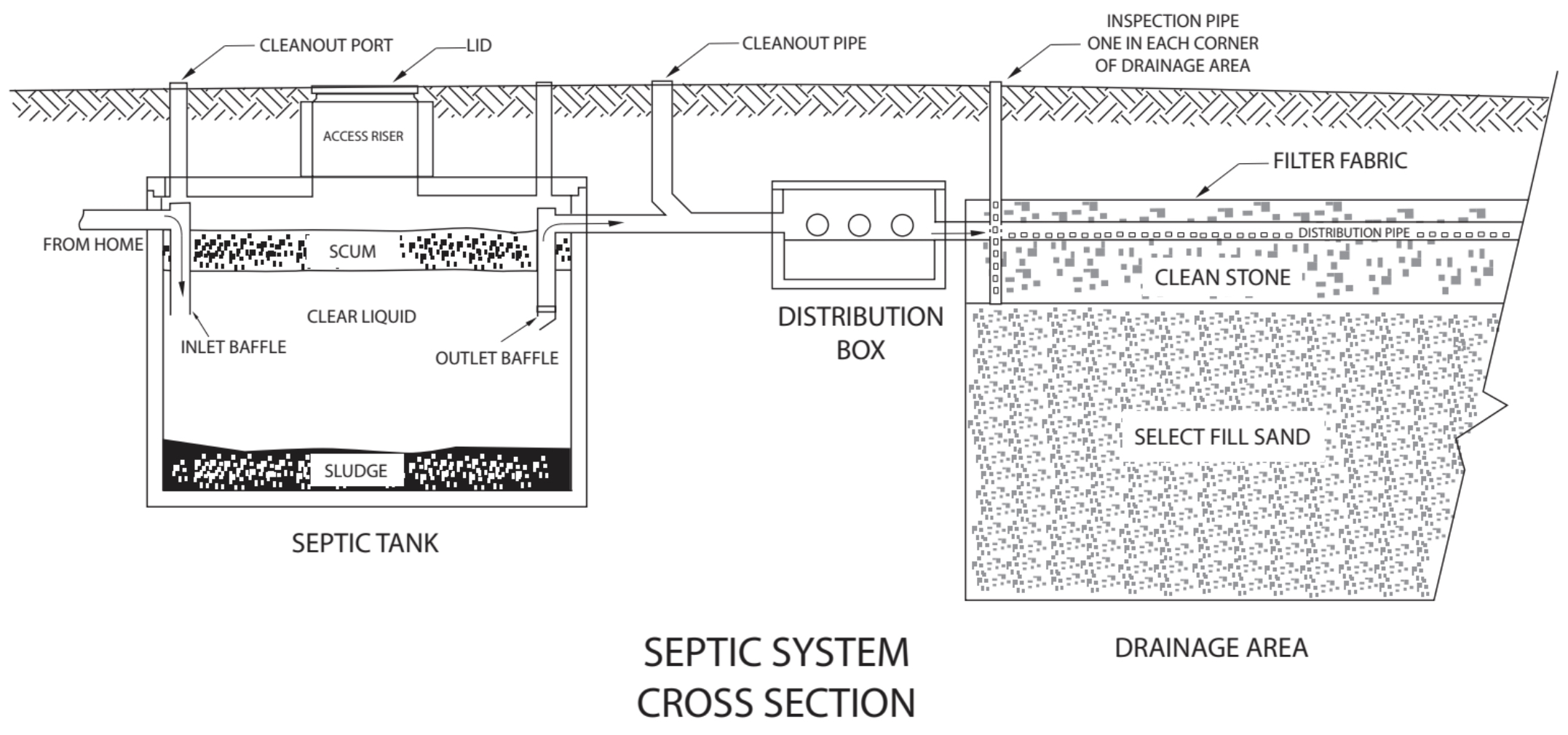Categories
Septic Pumping During COVID-19
Septic pumping is one of the most fundamental things that you can do to keep your septic system functioning properly. With residents spending more time at home to abide by local COVID-19 shelter-in place orders, it’s important to be conscious of the increased use of your residential septic system. Household members being home more contributes to the production of more waste water along with increased home activities that impact your septic system.
As you increase use of your septic system, you’ll need to increase the frequency in which your septic system is serviced. The good news is that waste management services have been deemed essential by Federal and State governments and septic service can be completed without contact, abiding by social distancing practices.
As a homeowner, proper septic management practices are essential to help keep your septic system in peak operating condition. Here are some key things you should understand about your septic system and take into consideration during these high use times.
WHAT IS A SEPTIC SYSTEM?

The purpose of a septic system is to treat and dispose of wastewater generated by the occupants. When properly installed and adequately maintained, septic systems are more economical than sanitary sewers and just as efficient.
HOW YOUR SEPTIC SYSTEM WORK

The relatively clear wastewater exits the septic tank outlet and flows into the distribution box (D-box). The purpose of the distribution box is to evenly distribute the wastewater flow throughout the drainage field. Once in the drainage field, the wastewater passes through perforated lateral pipes, a layer of crushed stone and finally through several feet of unsaturated soil. As the treated wastewater travels through the soil, bacteria die off and the water is purified.
SEPTIC SYSTEM MAINTENANCE
Periodic maintenance is the key to extending the life of your septic system and preventing costly repairs. When the combined depth of the sludge and scum layers equal one-third of the septic tank capacity, the tank should be pumped. The accumulated sludge and scum from the septic tanks should be pumped a minimum of every three years, or more frequently if your household consists of four people or more.
A general rule for locating your septic tank is to probe with a shale bar or steel rod 10 to 15 feet from where the main sewer line exits the foundation of the dwelling. Patience and determination will help you locate the outer edges of the tank. Once located, dig a hole toward the center to expose the main cover only, usually 24″ in diameter.
United Site Services offers septic pumping services in the greater Tri-State area. To learn more about septic system pumping, request a quote or call 1.800.356.4468 to speak with a customer service representative today!
Share this post
